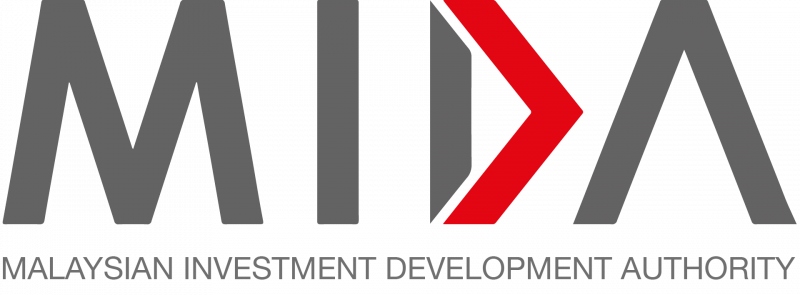Sarawak is exploring the development of an aerospace industrial park to attract investments and foster industry collaboration, says Tan Sri Abang Johari Openg.
The Sarawak Premier said the proposed park would position the state as a hub for high-value aerospace component production and research.
“The aerospace sector is taking off in Asean and Sarawak is ready to be a key hub in this high-growth industry, capitalising on its strategic location and commitment to high-tech innovation.
“Our plans to develop an aerospace manufacturing and maintenance ecosystem are attracting investments in high-value aerospace components, aircraft maintenance, and research in sustainable aviation fuels,” he said in his opening keynote address at the Asean Sarawak Business and Economic Forum here on Friday (Feb 28).
The one-day forum was organised by KSI Strategic Institute for Asia Pacific, the Asean Economic Club and Asean Business Club.
Abang Johari said Sarawak had already established an Aerospace Academy at the Centre for Technology Excellence Sarawak (Centexs) in Lundu.
Describing it as a game changer, he said it would prepare Sarawak’s workforce for aerospace engineering, drone technology and satellite manufacturing to meet the demands of the future.
The Premier also said Sarawak was emerging as an investment gateway, particularly in strategic infrastructure development.
He said the upcoming Tanjung Embang deep-sea port would enhance regional trade connectivity, while the development of the new Kuching International Airport in
adjacent to it would position Sarawak as a major integrated logistics hub for Asean.
“For investors, Sarawak is the perfect entry point into Asean. We are providing an ideal environment for companies looking to expand into the region,” he said.
Abang Johari noted that Sarawak approved RM13.4bil in new investments last year in sectors such as renewable energy, manufacturing and high-tech industries.
He said the state’s acquisition of a 31.25% stake in Affin Bank Berhad further strengthened its financial ecosystem to support businesses and SMEs with improved access to capital, especially for the upcoming investments in the new airport and deep-sea port development in the next five years.
“To businesses, investors, and policymakers, Sarawak is open for business.
“We are not just offering opportunities but a clear, stable and growth-driven environment where investments flourish.
“Whether in hydrogen energy, AI-driven industries or high-value manufacturing, Sarawak is the launchpad for Asean’s future,” he added.
Abang Johari later received the 2024 World Outstanding Muslim Leader of the Year award from the World Muslim Leadership Forum during the opening ceremony.
The award recognises his leadership, dedication and contributions to economic progress, social harmony and Sarawak’s global standing.
It also acknowledges his commitment to sustainability, digital transformation and inclusive growth, making Sarawak a model of prosperity in Asean and beyond.
It was presented to him by World Muslim Leadership Forum chairman Datuk Seri Mohamed Iqbal Rawther and Standard Chartered Bank Malaysia chief executive officer Mak Joon Nien.
Source: The Star
Sarawak mulling aerospace industrial park, says Premier
Content Type:
Duration:


